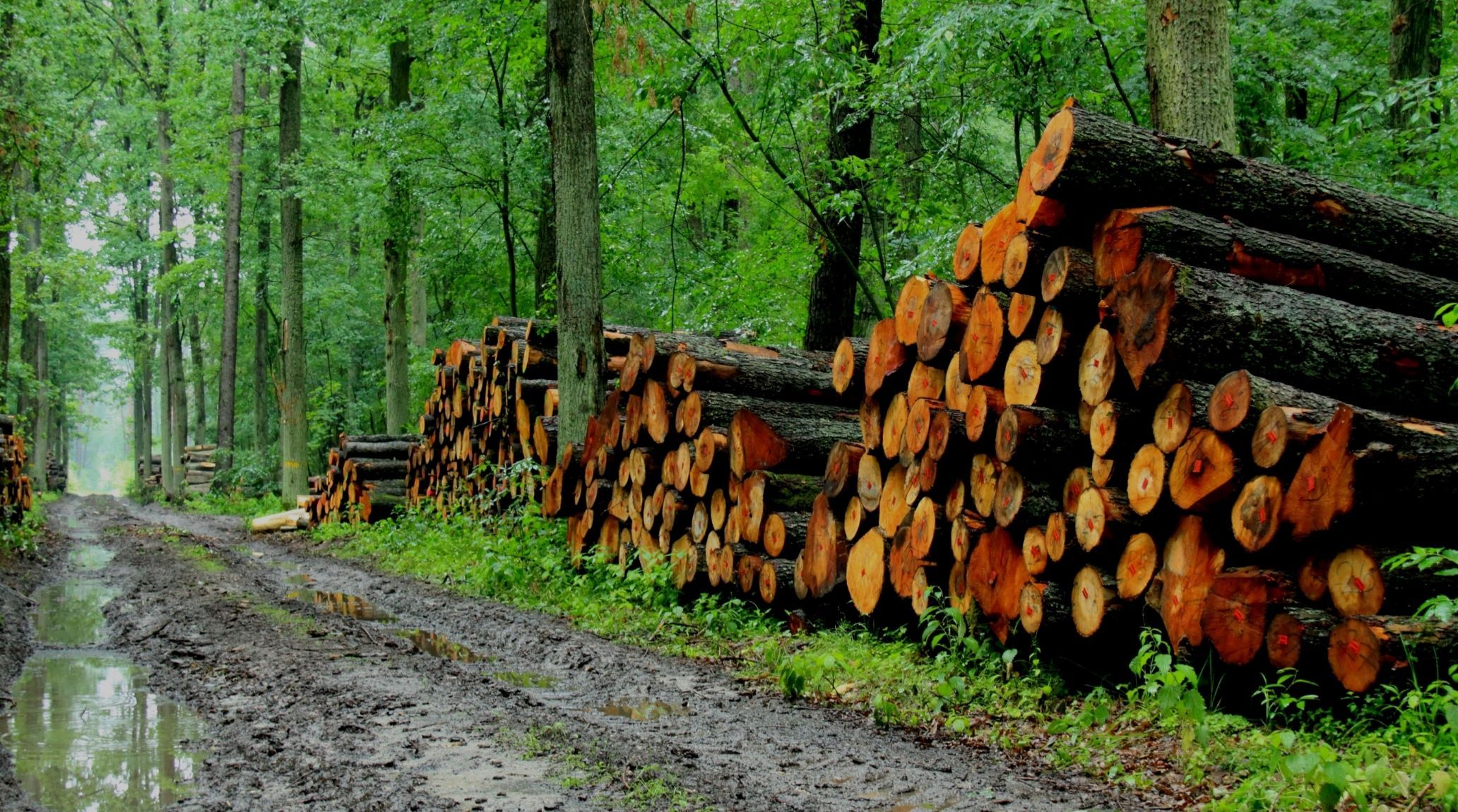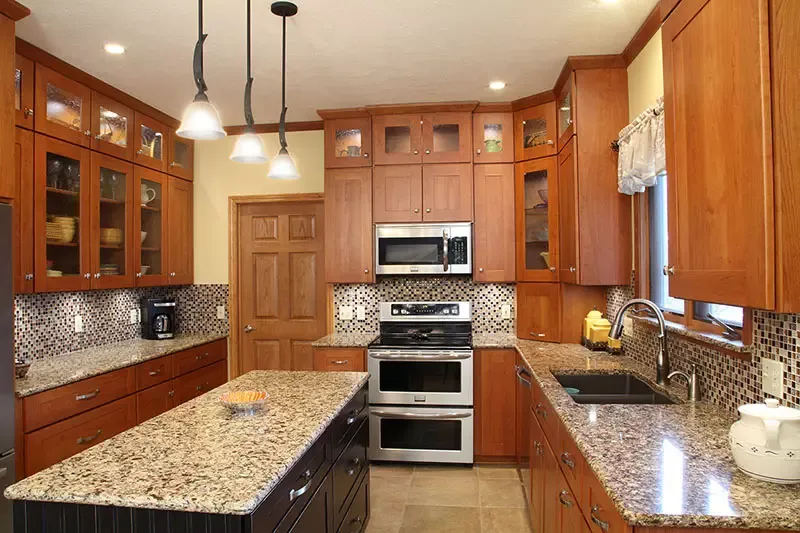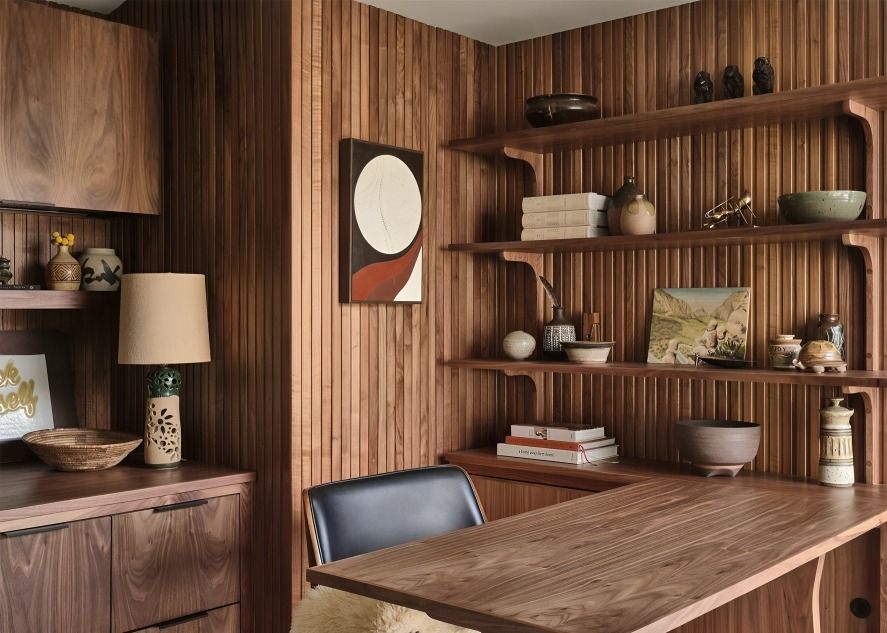
“
Wood is a material with many hidden qualities and surprising applications. This article reveals 20 surprising facts about wood, showcasing its versatility and impact on various fields. From ancient uses to modern innovations, these facts will give you a new perspective on how wood continues to play a crucial role in our lives. Discover the many ways wood influences both traditional practices and contemporary advancements.1
1
”
Wood is categorized into hardwoods and softwoods, each with distinct characteristics. Hardwoods, like oak and walnut, offer durability, while softwoods, such as pine and spruce, are lightweight and versatile. 1
Common wood products include lumber, plywood, and particleboard, each serving unique purposes. Lumber is essential for framing and structural elements, while plywood and particleboard excel in furniture and cabinetry. 2

Cherry wood is valued for its warm color and smooth texture, making it ideal for fine furniture and cabinetry. It darkens over time, adding character and depth to pieces. Cherry's workability and stability also make it suitable for intricate designs.
Wood is increasingly favored in sustainable construction due to its renewable nature. Its ability to store carbon contributes to lower environmental impact, making it ideal for eco-friendly building practices. 3
Douglas fir is known for its exceptional strength-to-weight ratio, making it ideal for structural framing. Its natural resistance to warping and bending makes it perfect for beams and trusses. 4
Birch is a hardwood known for its fine grain and light color, often used in furniture and cabinetry. It can be easily bent and shaped, making it suitable for curved designs. Birch’s strength and stability make it a reliable choice for various applications. 5
Properly dried wood boasts enhanced dimensional stability, minimizing the risk of warping or shrinking. This quality is critical in construction, ensuring that structures maintain their integrity over time. 6
Larch is a durable softwood prized for its weather-resistant properties, making it suitable for outdoor applications like siding and decking. Its high natural resin content helps protect it from decay and insect damage. 7
Engineered wood products, like laminated veneer lumber (LVL) and oriented strand board (OSB), are crafted for strength and stability. By bonding wood fibers or layers, these materials are ideal for beams and flooring. 8

Walnut is a premium hardwood with rich, dark hues and intricate grain patterns, often used in high-quality furniture and cabinetry. Its natural beauty and strength make it a favored choice for custom woodworking.
Wood framing remains a popular construction method, particularly for residential buildings. It offers a combination of strength, flexibility, and insulation, making wooden structures energy-efficient and cost-effective. 9
Plywood, made from various species, is an engineered wood product layered for strength and stability. It is widely used in construction for flooring, walls, and roofs due to its versatility. Different species, including birch, pine, and fir. 10
Wood’s natural acoustic properties make it a prime choice for musical instruments and performance spaces. Its ability to absorb sound enhances audio quality, creating immersive experiences. 11
Hard maple can be used in construction for cabinetry and flooring, in addition to its common use in furniture. Its dense structure provides excellent durability, making it suitable for high-traffic areas. 12
Cypress is valued for its natural resistance to decay and insects, making it suitable for outdoor structures. Its distinct grain and color add visual interest to fencing, decking, and siding. Cypress wood also has a pleasant aroma, enhancing outdoor spaces. 13
Finishing techniques, such as stains and varnishes, enhance wood's appearance and durability. These treatments protect the surface from moisture and wear, while highlighting the natural grain patterns. 14
Larch is a durable softwood known for its weather-resistant properties, making it ideal for outdoor applications. Its attractive yellowish-brown hue and unique grain patterns are appealing for cladding and decking. 15
The wood industry plays a significant role in the global economy, providing jobs across forestry, manufacturing, and construction. Promoting sustainable practices ensures long-term economic benefits while preserving natural resources. 16
Pine is a softwood known for its lightweight nature and ease of workability. It’s commonly used in construction, furniture, and cabinetry due to its affordability. Pine’s natural light color and distinct knots add charm to rustic designs. 17
Ipe, a dense tropical hardwood, is renowned for its incredible strength and decay resistance, making it ideal for outdoor decking. It is naturally resistant to moisture and insect damage, ensuring longevity. 18


